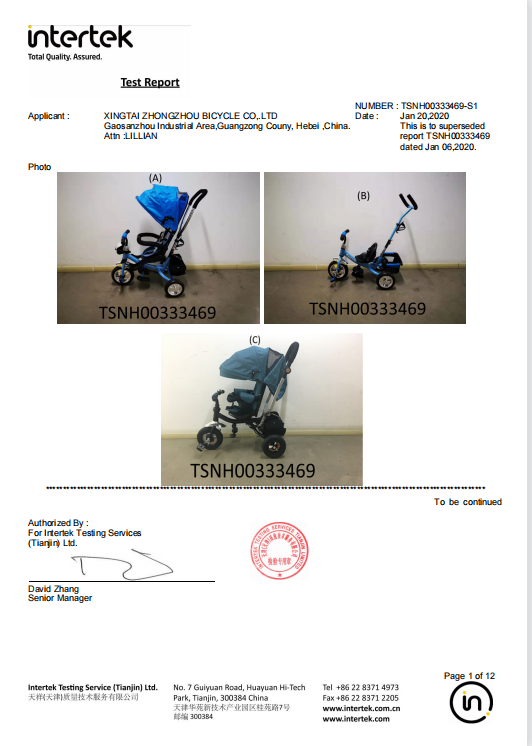Selecting the Perfect Size for Your Mountain Bike Adventure
Choosing the Right Size Mountain Bike
When it comes to mountain biking, selecting the right size bike is crucial for performance, comfort, and safety. Riding a bike that doesn’t fit correctly can lead to discomfort during long rides, decrease your control over the bike, and even increase the risk of injury. This article will guide you through the process of choosing the right size mountain bike for your needs.
Understand Bike Frame Sizes
Mountain bike sizes are typically categorized as small, medium, large, and extra-large, but it’s important to note that these sizes can vary significantly between brands and models. Frame size is generally measured in inches and relates to the distance from the center of the bottom bracket to the top of the seat tube. Most manufacturers provide a size chart that correlates bike sizes with the rider's height, but these charts should be used as a starting point rather than a definitive guide.
Measure Your Height and Inseam
To find the right size mountain bike, start by measuring your height and inseam. Your inseam is the distance from your crotch to the floor, which is crucial for ensuring you can safely dismount from the bike without injury. Here’s how to measure
1. Stand barefoot against a wall. 2. Place a book or flat item between your legs, as high as it will comfortably go. 3. Mark the wall at the top of the book’s spine and measure the distance from the mark to the floor. Once you have these measurements, compare them with the manufacturer's size chart to find your ideal frame size.
Consider the Riding Style
choosing the right size mountain bike

Your choice of bike size may also depend on your intended riding style. For instance, XC (cross-country) riders typically prefer a slightly smaller frame for increased agility and quicker handling. On the other hand, if you're planning to ride downhill or on rough terrains, a larger frame may offer more stability and control, as it provides a more relaxed riding position.
Test Ride Before You Buy
When possible, always test ride a mountain bike before making a purchase. A bike that is the correct size for one rider might not be suitable for another, as personal preference plays a significant role in comfort and handling. When test riding, ensure that you feel comfortable reaching the handlebars and that your knees have enough clearance from the frame.
Key Adjustments for Fit
Once you’ve chosen a bike size, you may need to make some adjustments to fine-tune the fit. Start by adjusting the seat height so that your leg has a slight bend when fully extended. A lower seat can lead to discomfort and inefficient pedaling. Similarly, adjust the seat position fore and aft to ensure you can reach the handlebars comfortably without stretching too much or feeling cramped.
Additionally, consider the handlebar height and width. Wider handlebars can provide better control on rough terrains, while narrow ones can help with speed on smoother surfaces. Changing the stem length can also adjust your riding position to make it more comfortable.
Conclusion
Choosing the right size mountain bike is essential for an enjoyable biking experience. Take the time to measure yourself accurately, consult size charts, and test ride various models to find the perfect fit. Remember, a well-fitted bike not only enhances performance but also boosts confidence on the trails. Whether you’re a novice or a seasoned rider, investing in the right size mountain bike will make all the difference in your riding experience. Happy biking!
-
kids-scooter-tiny-olympic-games-scooterathlonNewsAug.22,2025
-
kids-scooter-waves-xingtai-zhongzhous-global-rippleNewsAug.22,2025
-
baby-tricycle-oem-legacy-zhongzhou-forgedNewsAug.22,2025
-
xingtais-twin-tricycle-revolution-siblings-ride-togetherNewsAug.22,2025
-
baby-tricycle-design-inspired-by-ancient-armorNewsAug.22,2025
-
nfc-chip-enabled-oem-baby-tricycle-trackingNewsAug.22,2025
-
The Perfect Baby TricycleNewsAug.11,2025








